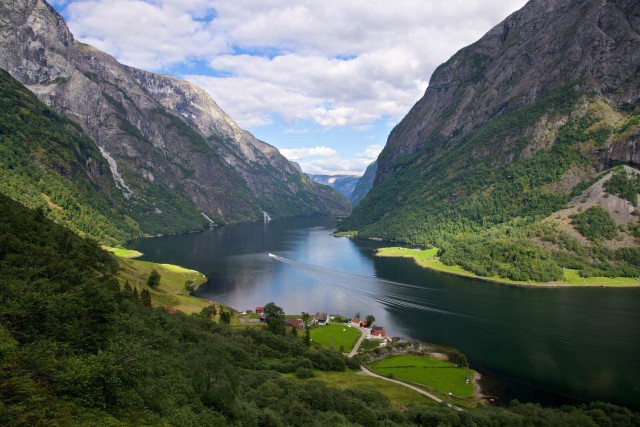Clean air
It could be their proximity to the stunning fjords that gives the air in Norway’s towns and cities that crisp, cleansing quality. Or it could be the Government’s incredible dedication to reducing their emissions over the past 10 years. Take the capital city Oslo as an example.
As well as a huge amount of people using bikes or public transport, Oslo has the highest number of electric vehicles in the world per capita. This amazing progress has led to a 35% decrease in C02 emissions in the city. And you can tell. Breathe in and your lungs just feel cleaner (insert your own ‘breath of fresh air’ pun here).
Social democracy
With a free and world-class education system, universal healthcare, social support and protected personal freedoms, it’s no surprise that Norway regularly comes in the top three of the World Happiness Rankings. Wellbeing is a priority here.
Although there’s heated discussion about whether the term ‘Hygge’ originates from Denmark or Norway, there’s no argument that you can see the positive effects of this more simple, mindful way of life. People appreciate time spent with family and friends just enjoying their natural surroundings. It’s definitely an ethos we’re on-board with.
Unblemished landscape
The fjords are synonymous with Norway. No blog, article or Instagram post on the country would be complete without an epic shot from the summit of a fjord cliff. But no image can portray the breathtaking beauty of these vast glacial waterways. Or what it feels like to be in the middle of it hiking, kayaking or biking.
A lot is being done to make sure they stay pristine for future generations to enjoy. Nærøyfjord and Geirangerfjord are both protected UNESCO World Heritage sites. While Lysefjord has worked tirelessly to earn a Sustainable Destination seal of approval, only given to destinations that are committed to reducing the negative impact of tourism.
